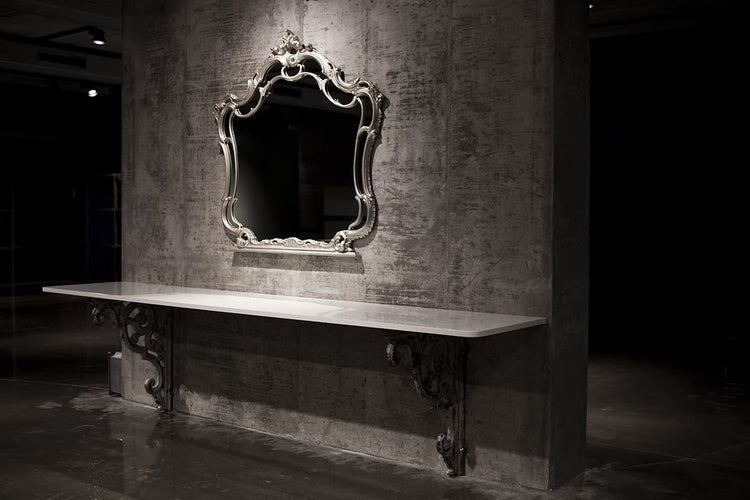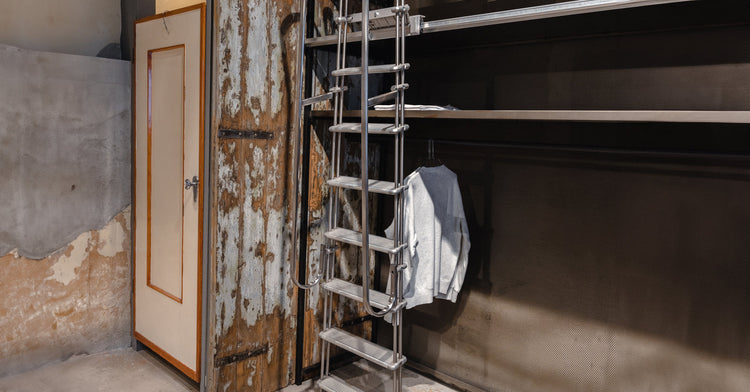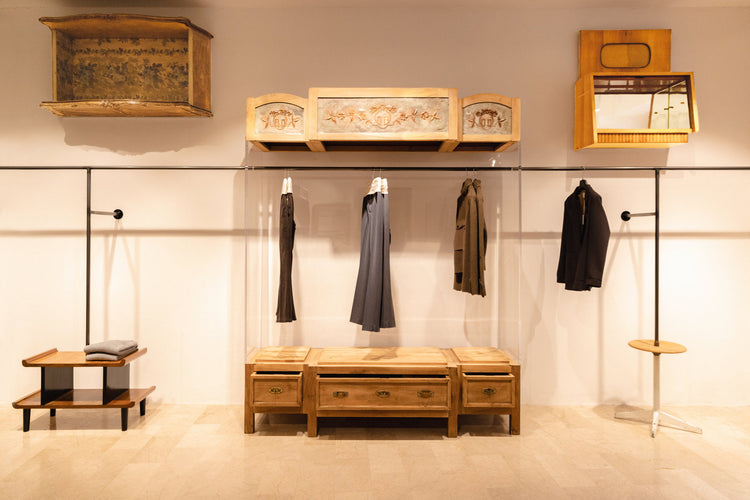
Upcycling
ADAPTIVE REUSE
OF STIMM
Adaptive reuse refers to the process of reusing an existing artifact for a purpose other than that for which it was originally built or designed.
"It is an aesthetic process that adapts old furniture to new uses while maintaining its historical characteristics." This practice, when it changes the intended use by improving its performance, is called "Upcycling" and can extend the life of an object. This type of revitalization is not limited to objects of high antiques or historical importance, but can also be a strategy adopted in the case of objects of common use or industrial use.
Stimm has adopted adaptive reuse because it believes that it is a new type of sustainable rebirth of society , as it extends the life of objects and avoids waste of destruction, encourages the dynamism of the reuse culture and also provides substantial social and economic benefits to society.
According to Stimm, adaptive reuse is very important for the community, because old furniture is essential to the image and history of a company, it adds a special aura to the aesthetics of the urban landscape and inside commercial spaces and should therefore be preserved and reused endlessly to stimulate the aesthetic sense of the public and increase awareness of our cultural roots.










